[content_slider]
[content_slide]
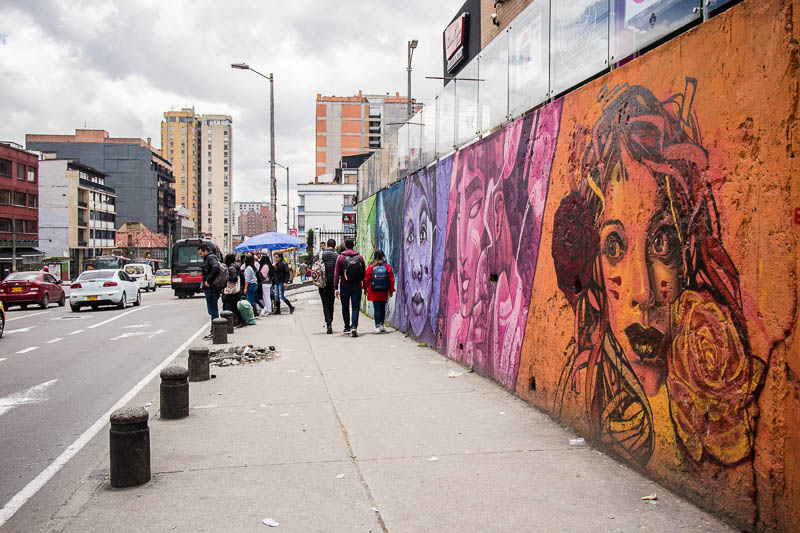
[/content_slide]
[content_slide]
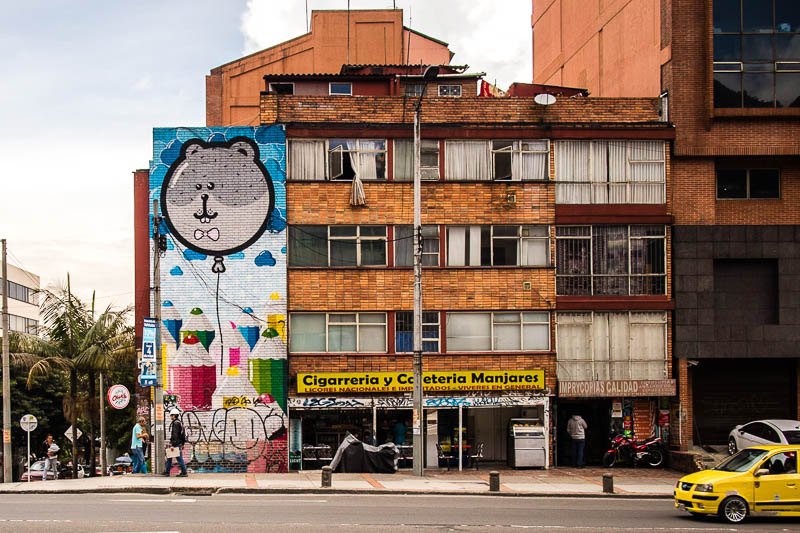
[/content_slide]
[content_slide]
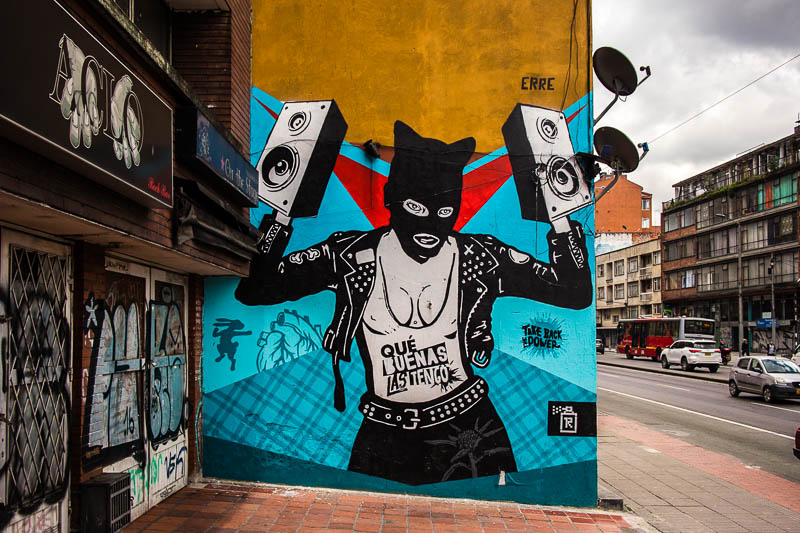
[/content_slide]
[content_slide]
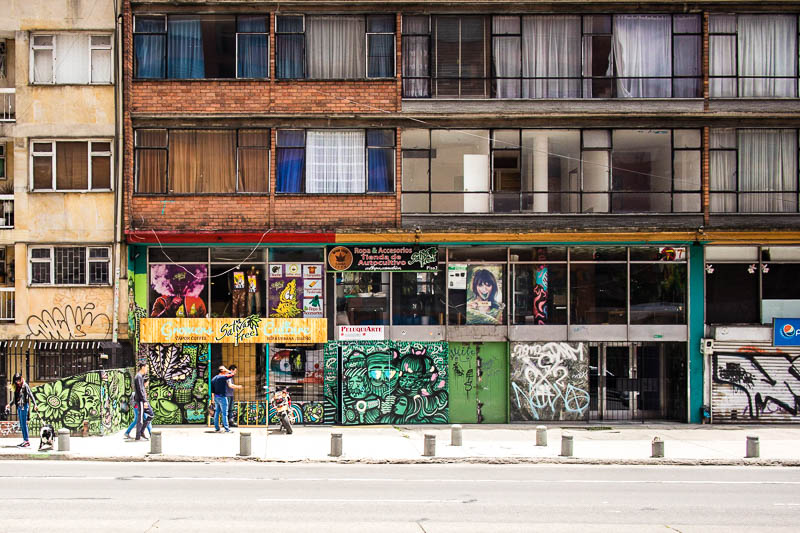
[/content_slide]
[content_slide]
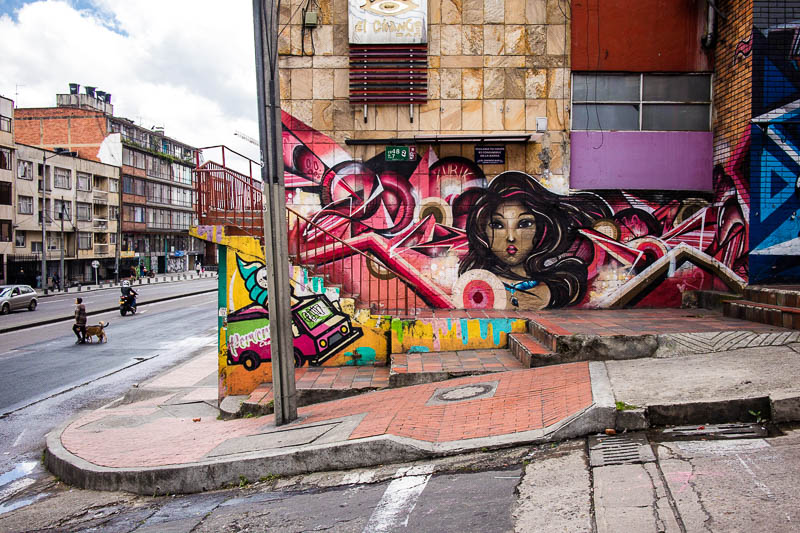
[/content_slide]
[content_slide]
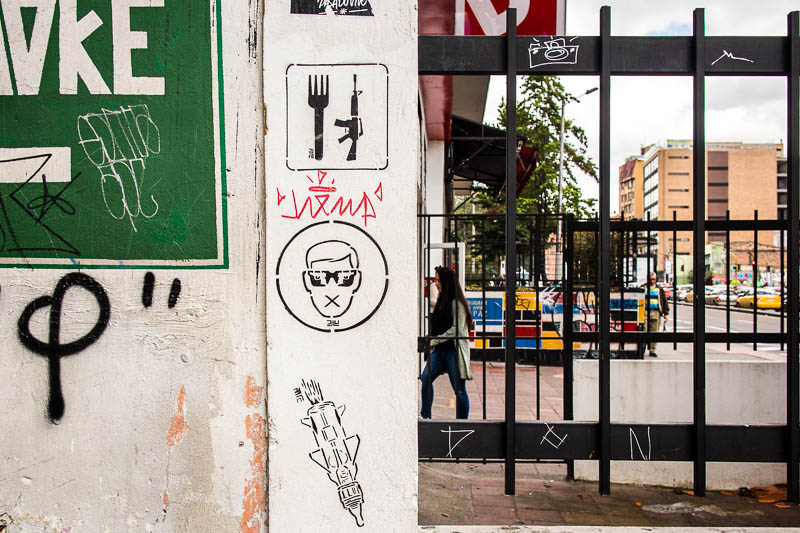
[/content_slide]
[content_slide]
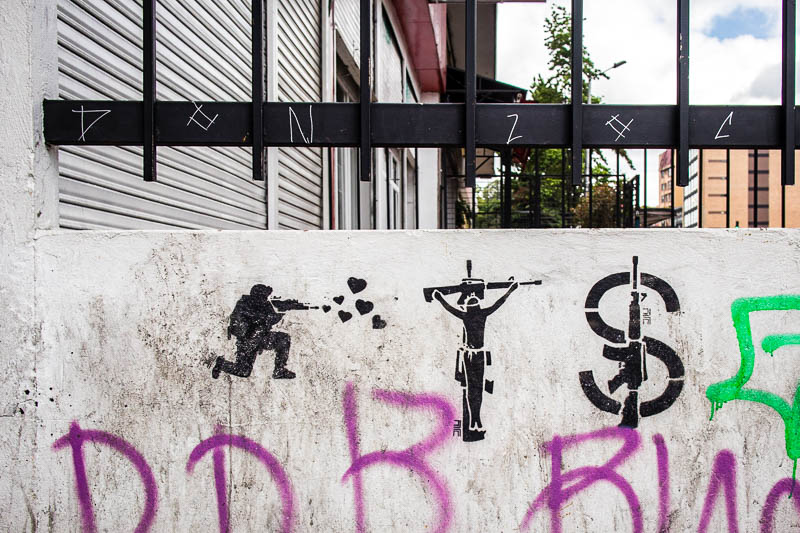
[/content_slide]
[content_slide]

[/content_slide]
[content_slide]
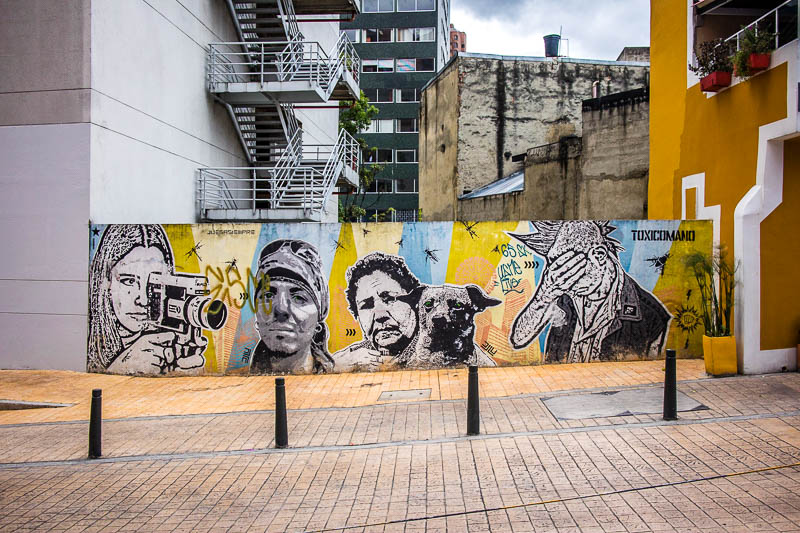
[/content_slide]
[content_slide]
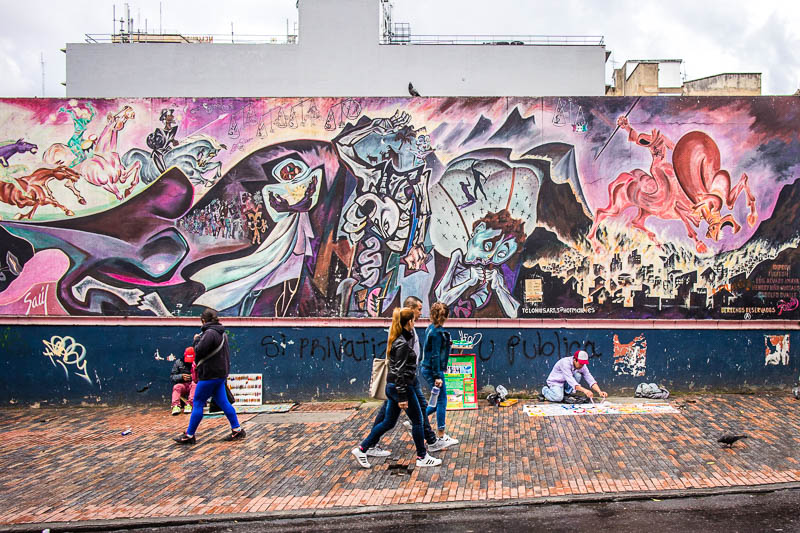
[/content_slide]
[content_slide]

[/content_slide]
[content_slide]

[/content_slide]
[content_slide]

[/content_slide]
[content_slide]

[/content_slide]
[content_slide]

[/content_slide]
[/content_slider]
BOGOTA | Walk through the streets of Bogota today, and you’ll see a city with a street art scene to rival that of other street art meccas across the globe. Everywhere you look, there’s street art to be found, much of it colourful and political. This wasn’t always the case though. Up until 2011, graffiti, including street art, was illegal. If you were caught creating street art, the law would come down on you hard. So hard in fact, that in 2011 police chased down and killed 16-year-old artist Diego Felipe Becerra aka Tripido, when he was spray-painting his signature Felix the Cat image on a wall in the city’s Aguas Calientes neighbourhood.
The police tried to cover it up, claiming that Becerra was a robber, despite the fact that he was found with paint on his hands and a bullet in his back. The public outcry was swift, and the case garnered international attention, with even the UN condemnation the situation. The two police officers were eventually arrested and street art was decriminalised.
Today, street art is an acceptable form of cultural and artistic expression in Bogota, supported by the authorities, businesses and creative communities. The city’s relaxed attitude to street art has seen local artists flourish, and has also attracted international artists who visit and create some truly magnificent pieces, more often than not in collaboration with local artists. Australian-born street artists CRISP even calls Bogota home these days, and runs street art tours of the city when he’s not creating and exhibiting his art locally and abroad.
Given Colombia’s rich cultural history and more recent tumultuous past, it’s unsurprising that much of the city’s street art reflects these themes. It’s often political, controversial, hopeful, thought provoking, and beautiful. Topics include things like indigenous rights, climate change, the community, women’s rights, corruption, the “war on drugs” and climate change.
There are a lot of artists in this city. Just a selection of the names to look out for when you’re walking around include CRISP, Rodez, DjLu, APC (Animal Poder Crew), Stinkfish, Pez, Toxicomano, Corrosivo, Carsal, Miko, Zudoco, Bastardilla, Guache, Zancudo, Ink Crew, MAL Crew, Erre, CTO, Kontra, Jotados, Vértigo Graffitiand, and Ledania.
La Candelaria is one of the best parts of Bogota in which to find street art, and the contrast between the area’s rich architectural heritage, colonial architecture, and street art creates a real visual impact. Another great part of the city to find street art is downtown, around the Chapinero neighbourhood. Here, you’ll find many larger scale pieces, rising up several stories on the front and side of some of Botota’s taller buildings. Some of the murals here are so big that they span across multiple buildings.
In 2016, the city’s industrial Puente Aranda neighbourhood was transformed by Vértigo Graffiti into Distrito Graffiti. In collaboration with local authorities, over 50 aritsts were invited from around the world to create murals on two blocks’ worth of brick warehouses. The effect is striking.
There are also several street art galleries and stores around town. For example Galería Visaje Graffiti in Teusaquillo, Skinny Universal in Galerías, and Galería Beta in San Felipe. They support established and up-and-coming artists, both locally and internationally, and sell things like stickers, clothes, prints, and art supplies.

